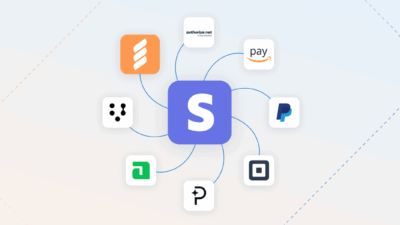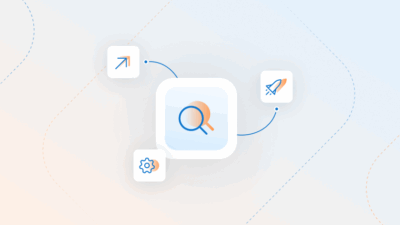In the past when customers wanted to pick up the latest version of a software or application, they’d first have to drive to a local brick and mortar shop, find the product, and purchase a physical copy.
Today this process isn’t nearly as complicated since ecommerce has streamlined the way users get access to digital goods. Customers can now navigate to a company’s online store, add the digital product or software to their shopping cart, checkout, and receive a subscription license key or direct download link straight to their inbox.
So what exactly are digital goods and how does the fulfillment process happen for these products? Keep reading to find out more.
What are digital goods?
Digital goods or “e-goods” are intangible goods that exist in digital form, some examples include ebooks, audio & video files, and software. Digital goods have become closely associated with ecommerce since their electronic format allows them to be easily reproduced and delivered to customers.
How are digital goods sold online?
The checkout experience for digital goods isn’t too different from other products sold on the web. Shoppers who visit your online store still expect the same seamless checkout experience regardless of whether they are purchasing physical goods or digital products. This means enabling shoppers to easily discover the digital goods they want to purchase, and providing a modern checkout experience that allows your customer to avoid third-party redirects and easily purchase from the product page.
But while shoppers may have to wait days for their purchase of physical products, the fulfillment, and delivery of digital goods is almost instantaneous. Partnering with an all-in-one ecommerce platform like FastSpring, with reliable digital fulfillment capabilities, allows your digital business to streamline the post-checkout fulfillment process for digital content and software purchases around the world. FastSpring’s platform allows your business to generate a unique download URL for each product your customer has purchased, configure the duration these URLs will be valid, and automatically deliver the URL or software license key to your customers directly via email.
3 tips to capture more sales.
We’ve covered what happens post-checkout but reviewing strategies to boost sales may also be helpful for digital businesses looking to monetize their digital goods:
- Entice your customers with clear & accurate product descriptions.
Your customers want all the facts when they go to make a purchase on your online store. Having the most up-to-date product descriptions and using benefit-centric language helps to eliminate any reservations your buyers might have during checkout. Remember, the key to closing a sale is to inspire confidence in the purchase decision. - Allow your customers to try before they buy.
Free trials aren’t just a strategy for software purchases, the concept can be just as effective for promoting more sales of digital content. There’s no harm in including an excerpt of the ebook or electronic report you are selling if it helps to reaffirm the customer’s need for the digital asset. - Leverage user-generated content.
Testimonials, reviews, and other user-generated content all play a decisive role when it comes to the sale of digital goods. Backing the benefits of your products helps lend greater credibility to your brand. Testimonials and reviews help added a layer of social proof to your claims and may be the decisive factor in influencing the sale.
Whether you’re selling software or digital content like ebooks, photography, or audio & visual files, making sure that your digital business has the capabilities to support efficient checkout processes and reliable fulfillment operations is critical to the success of your online store.
Looking for a more comprehensive list of tips to help you better monetize the digital goods on your site? Download our whitepaper, 7 Ways to Increase Global Sales for Digital Products.









